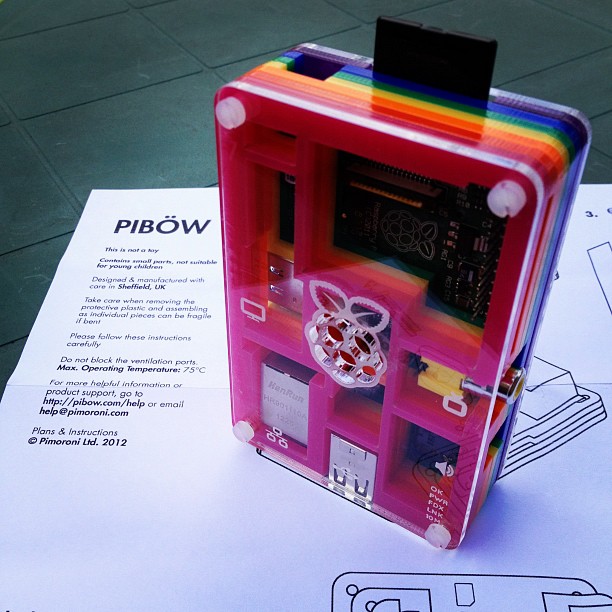Instagram filter used: Earlybird
Photo taken at: Science North
 If you’re wondering why the lower line has a load of squigglies when it appears identical to the one above, open the linked PDF and copy some of the text. Looks a bit squiffy, no?
If you’re wondering why the lower line has a load of squigglies when it appears identical to the one above, open the linked PDF and copy some of the text. Looks a bit squiffy, no?
I’m messing with your head here by splitting the encoding of the characters from the appearance of the glyphs, and using the old rot13 cypher to do it. This will really mess up the new MS Office “Edit PDF as text” schtick. Please note I’m doing this for lulz, not to break accessibility; that would be as the kids today say, a dick move.
Here’s the font: TimesNewROT13.
Since Times is both New and Roman, I thought I’d add some old roman by making a Caesar Cypher version. I don’t think I’ve done this quite right, but it works if you use the following shell command as an encoder:
tr '[A-C][D-Z][a-c][d-z]' '[D-Z][A-C][d-z][a-c]'
Here it is: TimesNewCaesar. I’ll fix it soon enough.
(Note that ROT13 fonts have been done before …)

… arrived today from the UK. Quick and easy build, though you have to be careful to get the case screws all tightened up just right or the thing will be wobbly. IKEA are totally going to hand Pimoroni their arse over the lookalike instructions, though.
Though there is just one problem: a standard USB micro-b power plug doesn’t fit …
 Looks like one of the Ferndale turbines was under maintenance when the USGS flew its orthophotos …
Looks like one of the Ferndale turbines was under maintenance when the USGS flew its orthophotos …